

Authors and photographers, Paul and Rob spearhead the international competition Bird Photographer of the Year (BPOTY) whose lead judge is Chris Packham.
Woodlands have been on my mind recently, what with my growing interest in Rob’s local patch Ramridge Copse. Perhaps because of that when I glanced at my bookshelves the other day I spotted a title I had forgotten about. The book in question was Britain’s Ancient Woodland – Woodland Management and Conservation by Charles Watkins. Published in 1990 by David & Charles and endorsed by the Nature Conservancy Council (abbreviated NCC, a forerunner of Natural England and an organisation for which I had some respect) it makes interesting but slightly poignant reading. Bearing in mind it is now getting on for 30 years old, it talks about how, at that time, Britain had already lost half the ancient woodland it possessed in 1945. It discusses how in 1980 NCC embarked on an inventory of ancient woodland (which culminated in this and two accompanying books) and how the Forestry Commission had ‘decided that all ancient woodland on the NCC inventory should be managed with due regard to its intrinsic conservation and historical interest’. The book sets out to provide advice about appropriate ancient woodland management and the text is as relevant today as it was then. Twenty-first century foresters, forestry companies and woodland owners would do well to read it, especially any who are uncertain or ambivalent about their conservation responsibilities, moral and legal.
Like the rest of my generation, I have the likes of George Peterken and Oliver Rackham to thank for allowing me to see the wood for the trees as it were. So here’s a personal interpretation of the history and management of those woodlands that are relevant to me. Stepping back for a moment, Britain’s woodland cover has been decimated over the last millennium – literally and figuratively – and that makes what remains all the more precious. Interestingly, although tiny pockets of forest that might be called ‘wildwood’ exist, almost every scrap of woodland and more extensive forested land we see today has been managed, or at the very least influenced, by humans over time. But the fact that, for example, Bluebell woodlands in southern England are often classified in ecological circles as ‘semi-natural ancient woodland’ is in no way derogatory. On the contrary, the legacy of continual woodland cover in one form or another, and the history of traditional, small-scale land use (timber extraction, grazing or the lack of it, and the like) over the centuries, has created the varied ancient woodland heritage we see today. Our ancestors were not conservationists and our remaining rich woodland biodiversity is an unintended consequence of historic woodland exploitation.
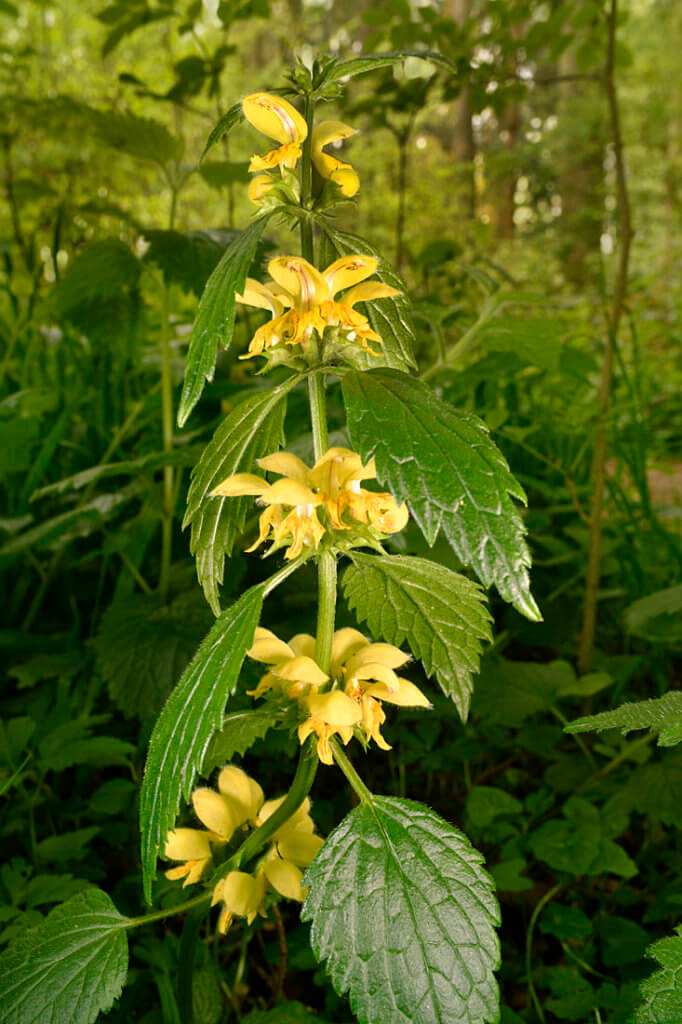
In order to maintain the woodland structure that today’s casual observer perceives as being ‘good’, and the biodiversity that informed naturalists cherish, some form of management needs to continue. Gardening on a grand scale if you like and our generation has the benefit of hindsight and the ability (some might say responsibility) to do the right thing. But in this day and age different factors are at play compared to the pre-industrial era. We live in an age where chainsaws and industrial-scale timber-processing machinery are deployed rather than a few men with axes, billhooks and tree saws. So the scope, extent and speed of felling and the very nature of woodland exploitation has changed radically.
Woodland economics has been and probably still is the most important factor influencing the appearance and fate of most privately owned British woodland. Today, commercial supplies of timber for pulp and firewood (and to a lesser extent wood for craft products) dominate the scene and ensure employment for tree-workers and sawmills, and of course bolster the bank balances of woodland owners. While woodland economics has always helped decide a woodland’s fate, at least until the late-Victorian period the significance of trees and shrubs was perhaps more closely linked to human survival than it is today when, let’s face it, standards of living and the job market are what’s at stake. Stepping back a couple of centuries and putting benefits to wealthy landowners aside, in rural communities access to wood products had a direct bearing on whether or not you had a roof over your head, could cook and keep warm in winter. So if your livelihood and potentially your very existence depended on having a guaranteed supply of wood there was a vested interest in taking the best possible care to ensure that important trees and shrubs survived and flourished. No surprise then that so-called ‘traditional practices’ are based on practical experience and commonsense, and are genuinely ‘good practice’ when it comes to ensuring woodland survival.
Of particular interest to me are the remaining semi-natural ancient woodlands of north Hampshire. The light, airy ‘feel’ of many is the result of a management practice termed coppice-with-standards. Where I live, the ‘standards’ are the mature English Oaks, Ash and other trees that form the woodland canopy and the term ‘coppice’ relates to the understorey. For the uninitiated, coppicing is an age-old practice that involves cutting shoots down to ground level, periodically (maybe 3-5 years depending on location) and in rotation around any given area of woodland. Some tree species die if cut in this way but a few thrive and regenerate; these include Ash, Beech and Hornbeam but by far the most widespread coppiced species is Hazel. The result of coppicing is a multi-stemmed shrub whose timber can be used for structural purposes, directly for fuel after seasoning, or for charcoal. Coppiced well, a Hazel clump will thrive for many decades, sometimes even for centuries.
But how should Hazel coppice be managed in 2019? The trouble with coppicing is that, done properly, it is labour-intensive and unsurprisingly many previously coppiced woods have been left to their own devices for decades. Some since the post-2nd World War oak-felling, conifer-planting bonanza that now sees lofty Douglas-firs, Sitka Spruces and hybrid Larches dotting the modern landscape; and many others since Charles Watkins’ book was published.
But today, even if Hazel coppice is managed with conservation in mind (with willing volunteers) the answer is still not straightforward. Sure, it’s easy to see the positive results of coppicing when it comes to flowers: depending on the location the likes of Bluebells and Wood Anemones recover and helleborines make miraculous appearances seemingly from nowhere. But what about other wildlife? Let’s take two iconic woodland butterflies as examples: White Admiral and Silver-washed Fritillary. As adults, both are sun-loving species that delight in feeding on flowers in sunny woodland rides and clearings. But their demands during the rest of their life-cycles could not be more different. White Admiral larvae feed on Honeysuckle but females will only lay eggs on straggly, typically non-flowering plants that trail in the gloomy shade of dense, ‘neglected’ coppice. Probably no coincidence then that the increase in the species’ range and abundance coincided with the demise of commercial coppicing in the 20th Century. Silver-washed Fritillaries on the other hand are sun-lovers at all times: sunny glades with luxuriant violets (larval foodplants) are favoured and indeed mature caterpillars even enjoy a spot of sun-bathing. You can’t satisfy both species with the same approach to coppicing. So what’s the answer? Perhaps the best advice would be the ‘little and often’, so that if you get it wrong the overall impact is small and you still have a chance not to repeat your mistakes.
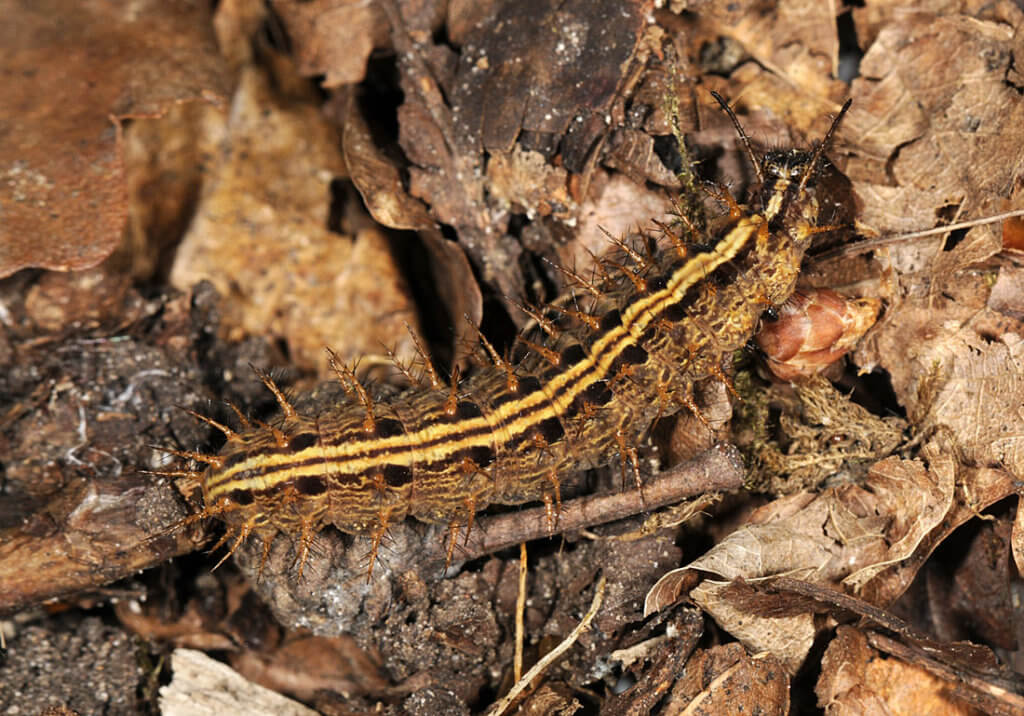
But however you approach coppicing, standard good practice is to coppice in autumn and winter, and this is in line with country lore and generations of experience that meant that no woodman worth the name would cut Hazel during spring and summer. Not out of respect for wildlife or to avoid disturbing breeding birds but for the practical reason that if cut at this time of year Hazel typically dies. Practical reasons aside, surely commonsense would tell most people that it is not ethical to fell trees on an industrial scale during the bird breeding season. And indeed according to the RSPB’s website, under the Wildlife and Countryside Act 1981 it is an offence to ‘intentionally take, damage or destroy the nest of any wild bird while it is in use or being built’ or to ‘intentionally or recklessly disturb any wild bird listed on Schedule 1 while it is nest building, or at a nest containing eggs or young, or disturb the dependent young of such a bird.’ The notion of ‘intent’ keeps cropping up.

And then there’s the issue of how to deal with ‘neglected’ Hazel coppice. From personal experience, and having talked to gnarled locals who have spent their lives working in woodlands, Hazel that has not been coppiced for 30 years or more should be treated with great respect and caution if you want it to live: cut it to ground level in one go, whatever the season, and it will die. The advice is to tackle no more than 30% a season, progressing to an uncut 30% the following year, and so on. The chances are it will then regenerate and thrive rather than die.
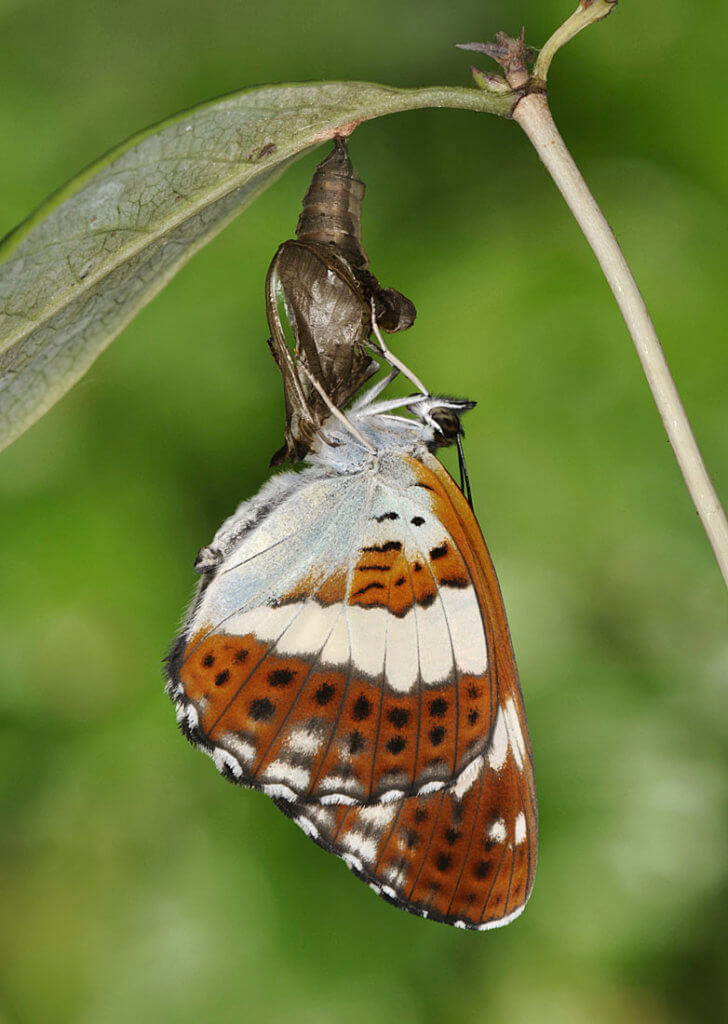
With this in mind, my heart sank the other day as I drove the road south from Basingstoke towards Alton. What should I see but a Bluebell wood that had been subjected to recent springtime felling – on a truly industrial scale with everything cut to ground level. All the more sad because I knew, from having trespassed there as a teenager, that Daphne mezereon and Herb Paris once grew there, and who knows what else. I wonder whether the tree-workers spotted these relatively inconspicuous plants, or bothered to check for nesting Blackcaps before work commenced.
If landowners and companies such as Tilhill Forestry are willing to be flexible in their working practices (and I guess potentially compromise profits) there is no real reason why modern day forestry and conservation of woodlands for wildlife need be mutually incompatible. But that’s a big ‘if’. Unless an appreciation of woodland structure, and sympathetic timing and techniques are applied, then there will be conflict. So is this just an ethical issue or potentially a legal one too? I’m not sure. I still have the initial Forestry Commission England advice (see previous Ramridge Raiders blog) ringing in my ears, presumably the same sort of advice given to any tree-hugging enquirer. It was offered in the full knowledge that the site had SINC status, and most alarming was the section that began ‘Felling can take place at any time of the year, partly because the investment in jobs and machinery means that a steady flow of work is economically necessary, and also due to the requirement for timber from sawmills’. By way of contrast, Rob was forwarded a comment from the county council body that oversees Hampshire’s SINC site records and regarding Ramridge Copse it referred to it as an ‘‘ancient woodland’ site’ and one that ‘should be being restored back to semi-natural woodland (sympathetically) – but not at this time of year. It went on to advise ‘The ‘Bird Nesting Season’ is officially from February until August (Natural England) and so there should be no felling between these months…’
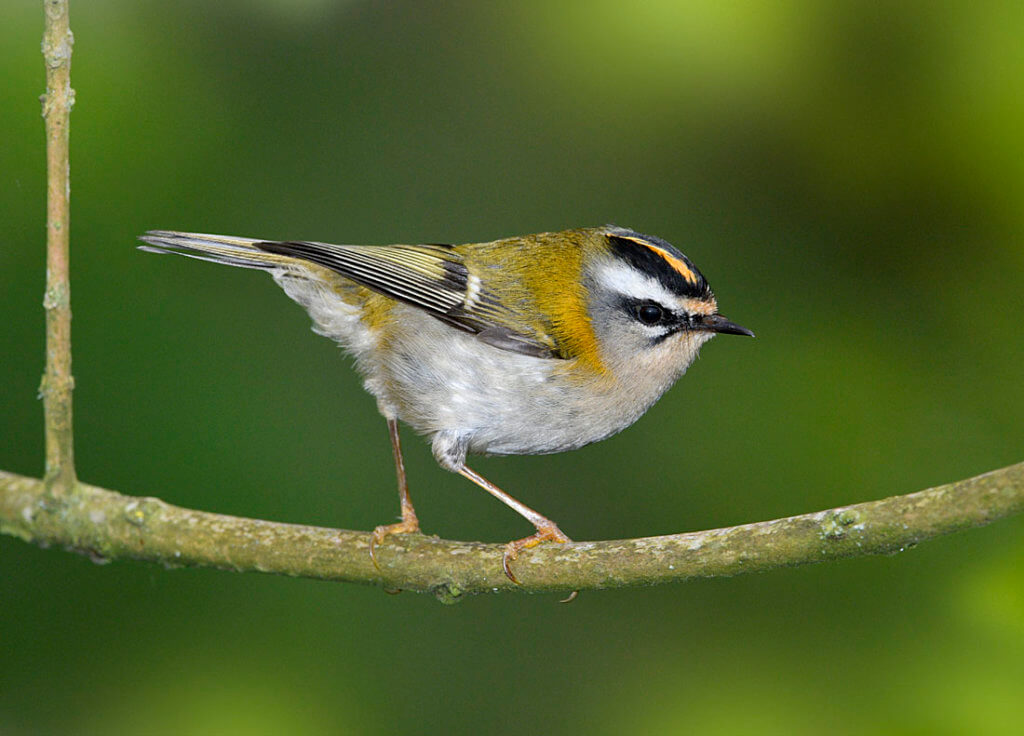
Ramridge Copse continues to throw up surprises, as I suspect any beleaguered ancient woodland in southern woodland – at sea in an ocean of dismal arable fields, devoid of native biodiversity – would do if investigated properly. Last week Rob found a nesting Goshawk and the other night a pair of Hobbies returned to the woodland. Assuming treework allows the latter to nest, this brings the tally of Schedule 1 nesting bird species to four, the other two being Firecrest and Red Kite. And on the subject of things Schedule 1 there are still bats and the potential presence of Hazel Dormice to be considered.
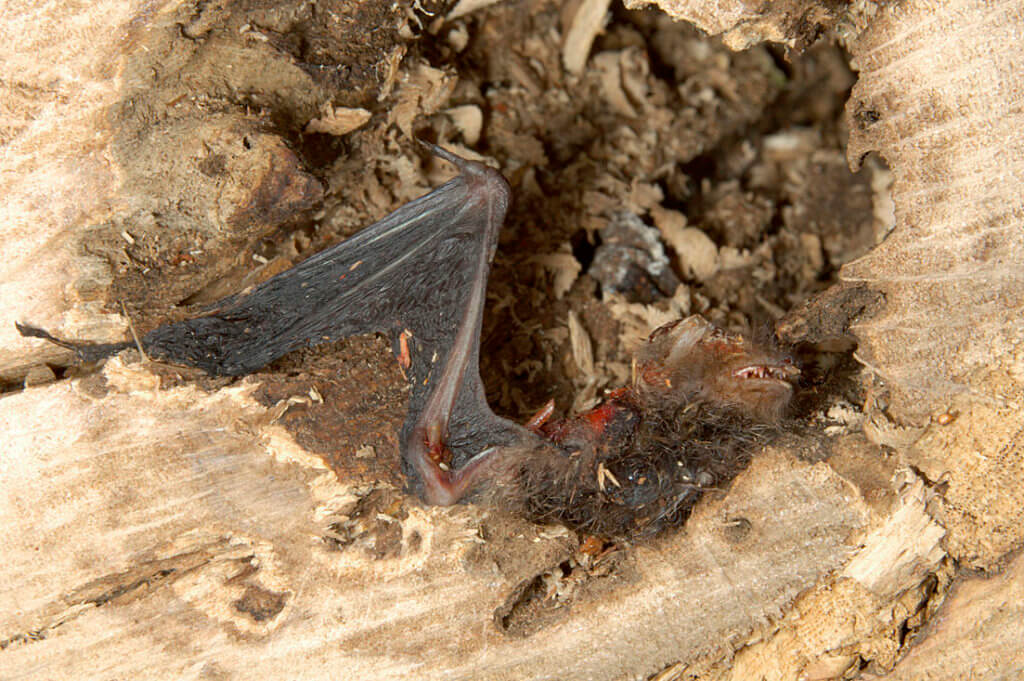
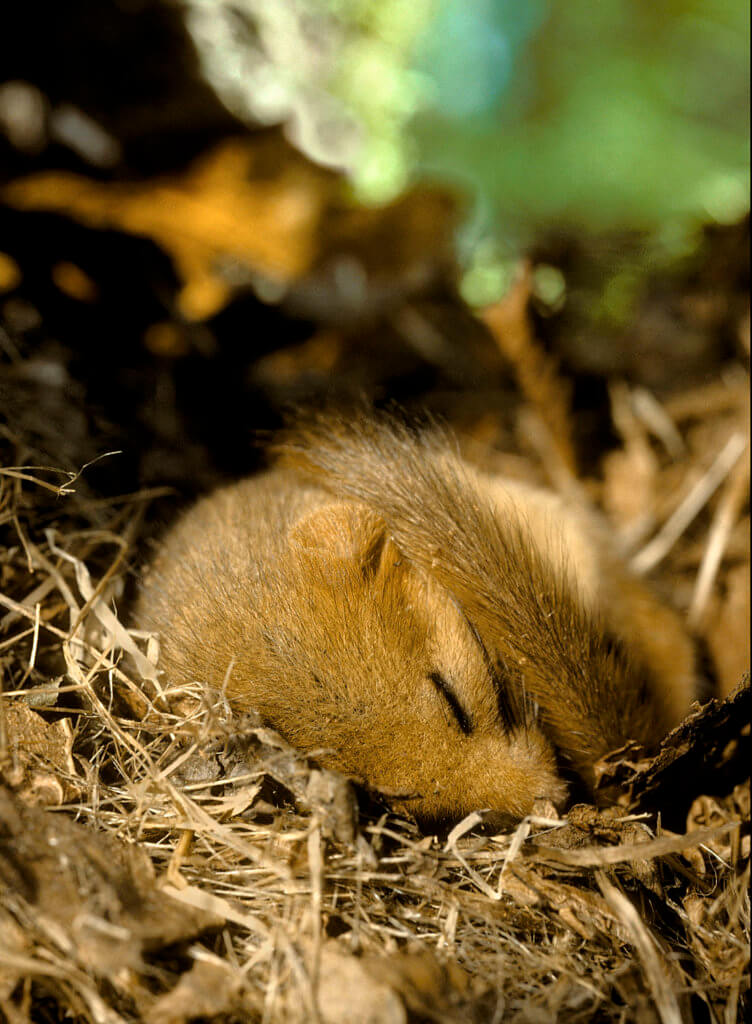
Where I live, if a building application is submitted and there is a chance that the environment might be adversely affected or Schedule 1 protected species (such as bats and Hazel Dormice) might be impacted then surveys and an environmental impact assessment are usually required especially in areas where SINCs are involved. The application is either permitted or rejected after scrutiny via the proper channels. I may be missing something but I am puzzled as to why the same rules don’t apply to forestry work. Or maybe they do? Just as I had forgotten about Charles Watkins’ book I wonder whether the Forestry Commission (now FC England in my part of the world) have lost sight of the ambitions and responsibilities they felt they had 30 years ago.
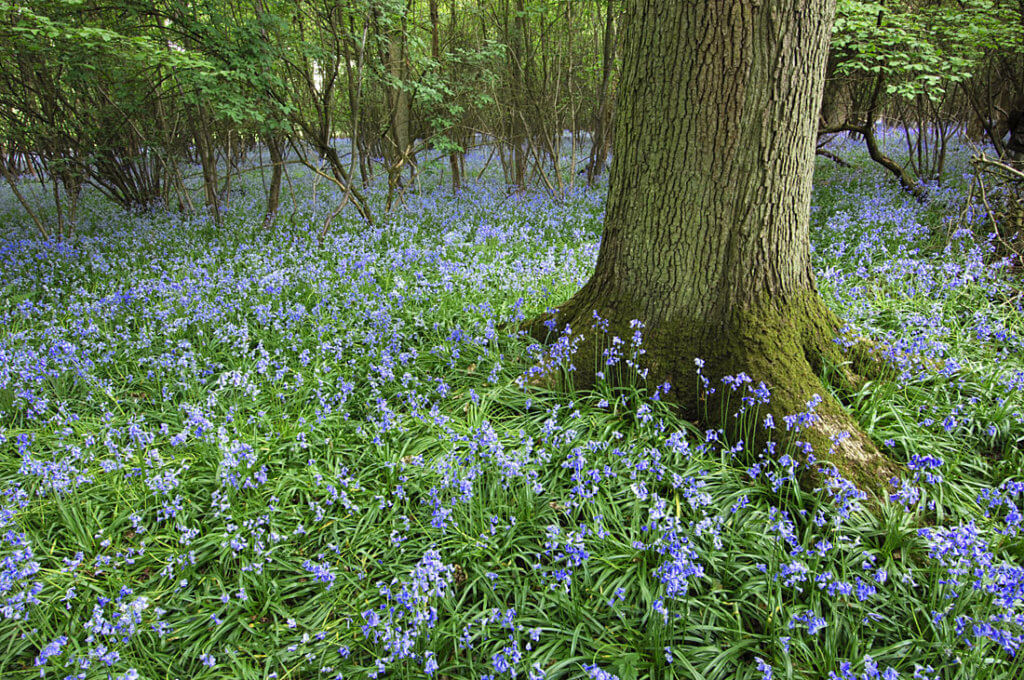
In terms of employment the Coppicing industry had/has? a ready-made summer employment making hurdles woven panels etc from the material cut in the winter.
I lived in a Sweet chestnut Coppice in Kent where the rotation was 8 to 11 years. the poles were removed and in summer converted to military fencing- cleeve sections wired together, which you sometimes see around roadworks and building sites.
Sweet chestnut also produces a rot resistant fence post which doesn’t need chemical treatment.
It lasts far far longer than the currently available environmental safe treated pine fence posts.
Hi
Would you believe it (!) but there just so happens to be the Environmental Impact Assessment (Forestry) (England Wales) Regulations 1999.
https://www.legislation.gov.uk/uksi/1999/2228/contents/made
These have been amended by the more recent 2017 amendment Regulations
http://www.legislation.gov.uk/uksi/2017/592/contents/made
I haven’t got time to peruse the two bits of legislation but assuming the 2017 amendments have NOT amended Regulation 3(2) of the 1999 Regs, then on first appraisal, the felling (deforestation) may well have required the necessary work. I am not saying that it definitely did, and of course, it may have happened (info available via a FoI request?) but this would be a starting point.
Indeed Richard, would you believe it?! Thanks for you input